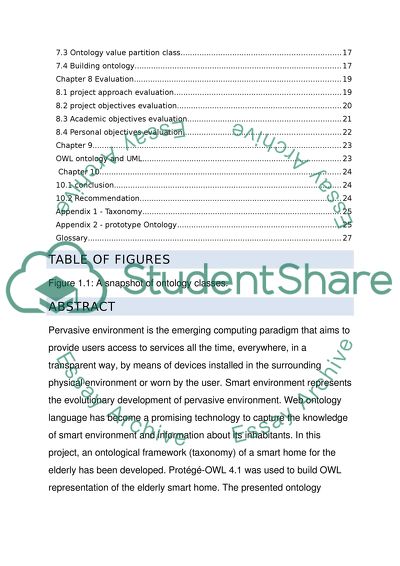Cite this document
(“Project Essay Example | Topics and Well Written Essays - 4250 words”, n.d.)
Retrieved from https://studentshare.org/family-consumer-science/1418286-project
Retrieved from https://studentshare.org/family-consumer-science/1418286-project
(Project Essay Example | Topics and Well Written Essays - 4250 Words)
https://studentshare.org/family-consumer-science/1418286-project.
https://studentshare.org/family-consumer-science/1418286-project.
“Project Essay Example | Topics and Well Written Essays - 4250 Words”, n.d. https://studentshare.org/family-consumer-science/1418286-project.


